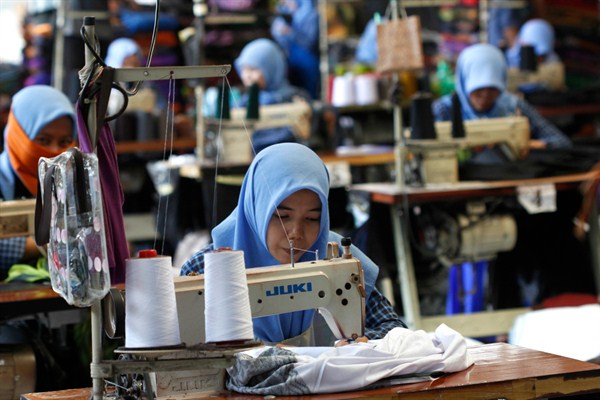As we approach the 15th anniversary of the Fourth World Conference on Women, better known as the 1995 Beijing Conference, gender-equality advocates around the world are taking stock to assess what should come next. An honest reckoning that recognizes accomplishments, challenges and opportunities suggests that while progress has been made at policy levels, difficulties persist in translating policy into practice. Nevertheless, resources at the implementation level, if recognized, offer opportunities for gender equality to contribute not only to the well-being of women and girls, but also to more effective social and economic development.
A Pervasive & Persistent Challenge: Defining Gender Equality in Development
A first step in discussing “gender equality in development” is to define it. For the purposes of this article, it will be understood as “gender mainstreaming,” a concept that itself generates confusion. Some of the strongest advocates and nay-sayers alike mistakenly regard “gender” as another word for “women.” By focusing on women’s activities, empowerment and rights, they perpetuate a fundamentally “women-in-development” approach.
While a primary objective of gender equality, given the sources of inequality, is to ensure women’s dignity and enjoyment of basic human rights, gender mainstreaming ought to entail attention to men as well as women, employing gender analysis to understand the respective roles and responsibilities of men as well as women. (Hence the focus on “gender,” meaning socially and culturally assigned roles, as compared with “sex,” referring to biological differences.) Some even argue that gender mainstreaming should include paying attention to the particular needs of men, such as the rise in male alcoholism in the 1990s among men in Russia. Others suggest that since “mainstream” programs do plenty for men already, the objective ought to be to eliminate inequality and inequities.

